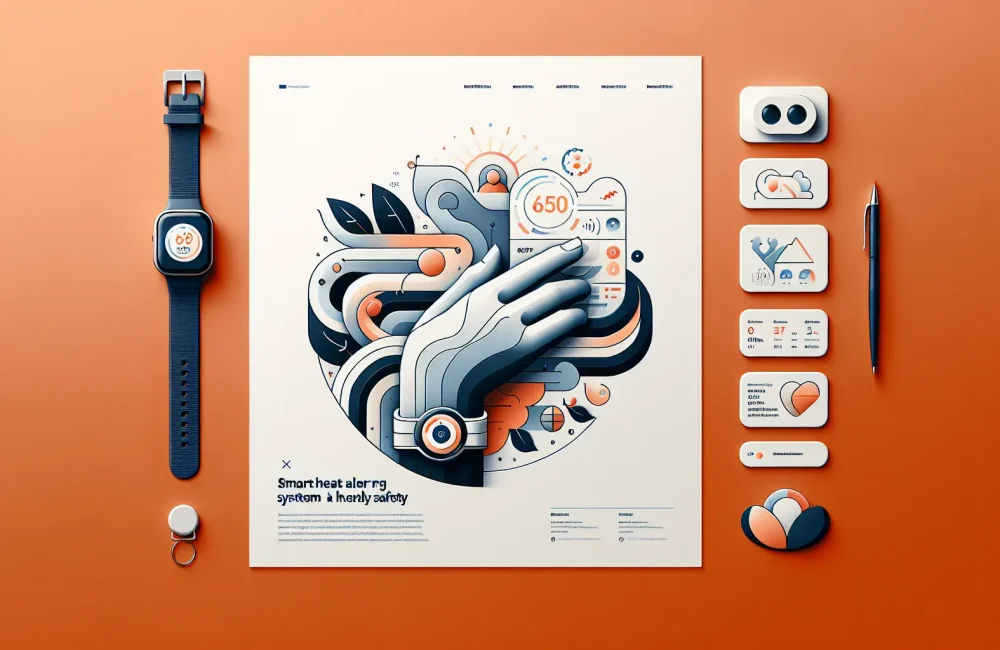By CAFMI AI From npj Digital Medicine (Open Access)
Personalized Heat Risk Monitoring Enhances Elderly Care
**Understanding the Need for Personal Heat Warnings in Older Adults:** Heat waves have become more frequent and severe due to climate change, posing an escalating health risk particularly to older adults. Aging impairs the body’s ability to regulate temperature, and comorbidities common in this population increase vulnerability to heat-related illnesses, including heat exhaustion and heat stroke. Traditional heat warnings rely mainly on environmental data such as local temperature and humidity levels but do not account for individual physiological differences or real-time health status. This gap limits the effectiveness of alerts in protecting high-risk individuals. The digital heat early warning system described addresses this critical need by combining personalized physiological monitoring with environmental data to provide real-time, accurate risk assessments for older adults. This innovative solution leverages wearable technology and advanced analytics to identify imminent heat stress before severe health complications develop, empowering both users and caregivers to take timely preventive actions.
Integration of Wearable Sensors and Predictive Analytics
**Technology and Methodology Behind the Heat Alert System:** The system operates by continuously gathering physiological data from wearable sensors worn by older adults. These devices measure skin temperature, heart rate, and hydration status, reflecting the user’s real-time health condition. Concurrently, environmental data such as ambient temperature, humidity, and heat index are fed from localized weather stations. A machine learning model then synthesizes these multiple data streams to predict heat stress risk dynamically. During pilot testing in summer months, this approach demonstrated high effectiveness, achieving a sensitivity of 92% and specificity of 89% in detecting elevated heat risk periods. These metrics highlight the system’s ability to accurately identify true risk events while minimizing false alerts. Users reported the interface as user-friendly and appreciated the timely alerts, which facilitated proactive measures like hydration, seeking cooler environments, or activating caregiving support. Clinicians can utilize this personalized data to better counsel patients on heat risk management and adjust care plans accordingly.
Benefits and Future Directions for Elderly Heat Safety
**Impact and Prospects of the Personalized Heat Warning System:** By providing individualized heat risk alerts, the system significantly reduces the incidence of heat-related medical emergencies among older adults. Caregivers and healthcare providers gain timely insights to intervene early, improving health outcomes and reducing hospital admissions. Future developments aim to enhance the model with additional data sources such as activity levels and medication effects, and to expand usability to larger populations and diverse geographic regions. Integration with smart home technologies and community health networks is also planned to create a holistic heat safety ecosystem. This pioneering approach exemplifies how digital health innovations can address climate-related challenges, safeguarding vulnerable populations through precision monitoring and action-oriented warnings.
Read The Original Publication Here






